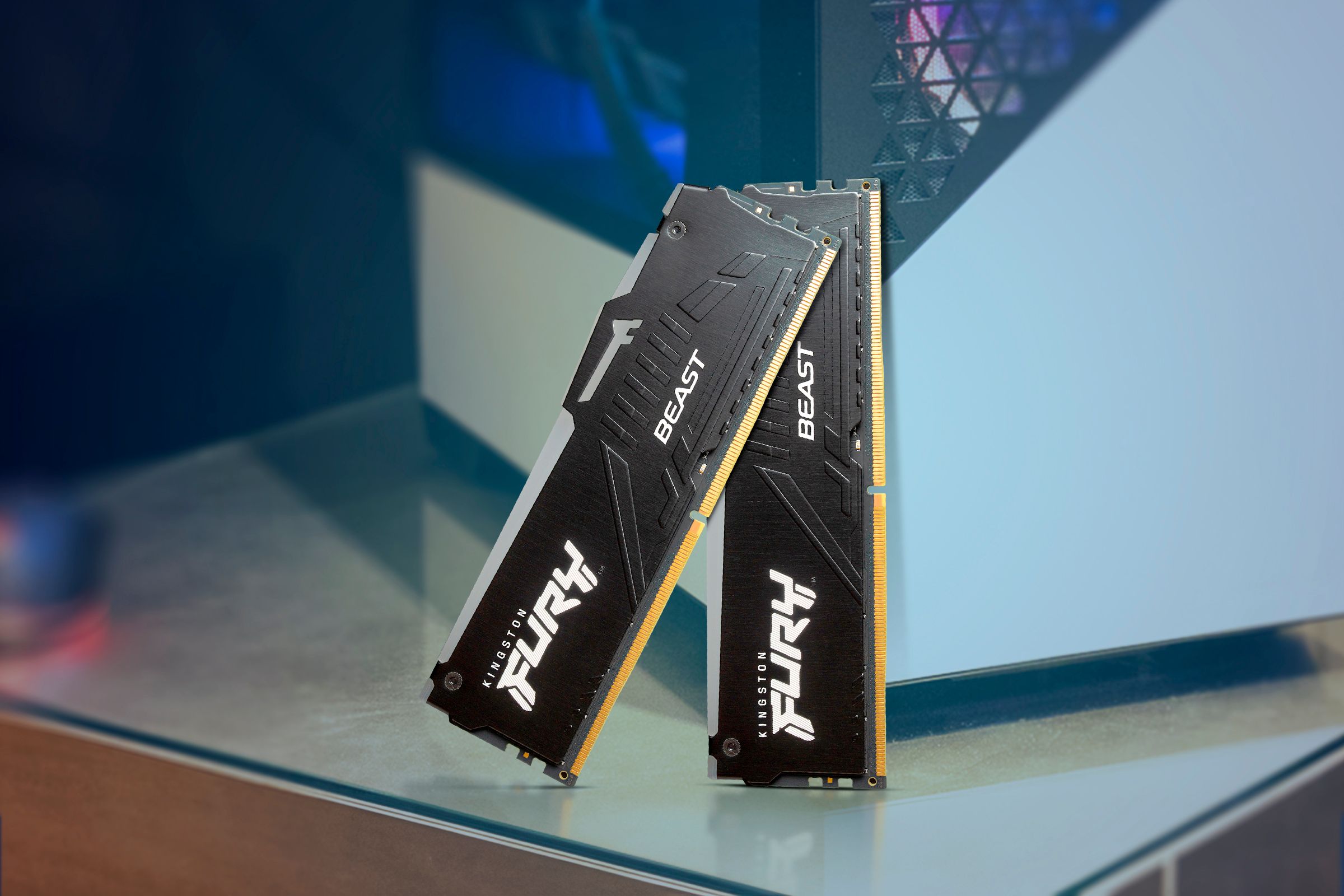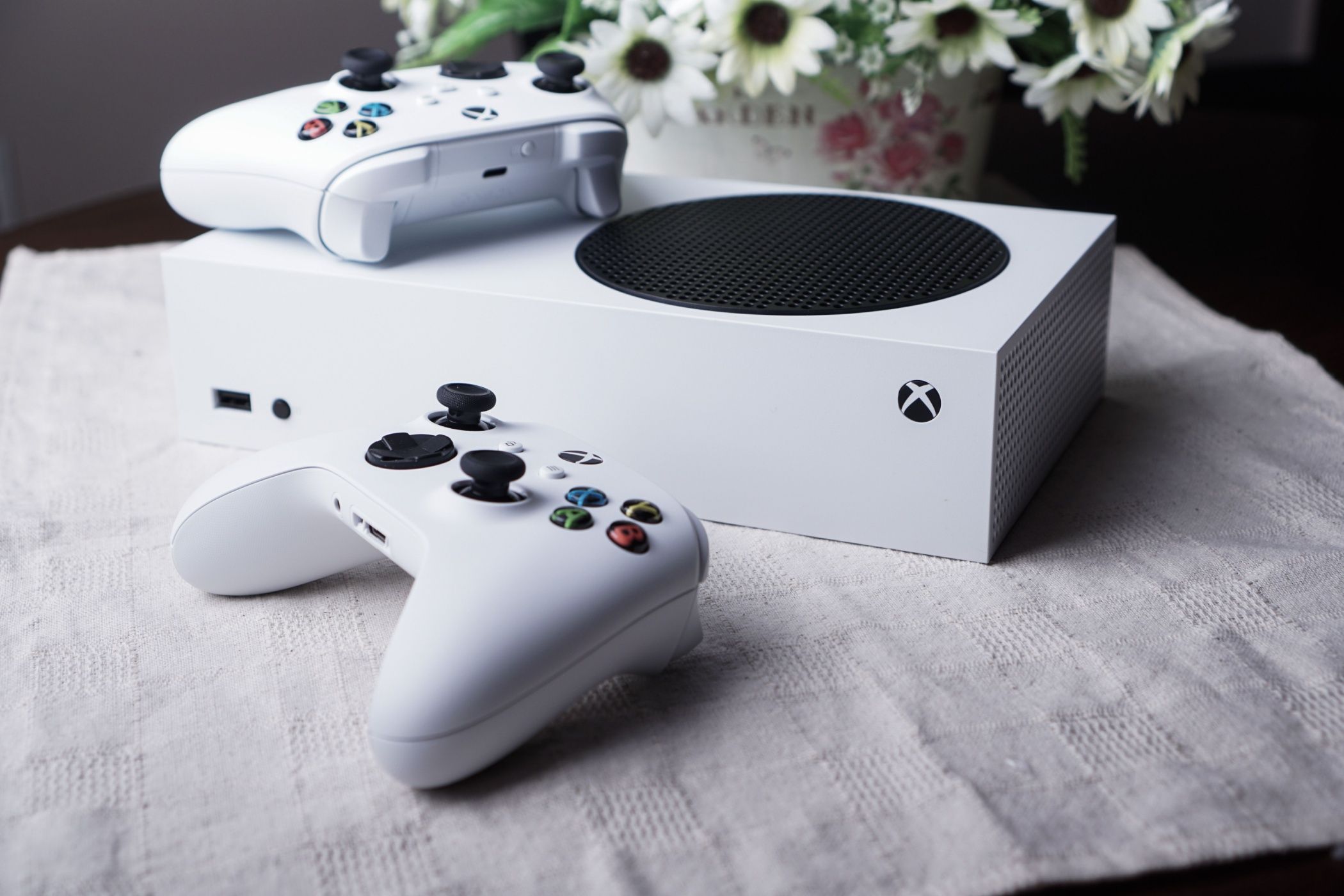When My Power Went Out, I Appreciated My Foldable Phone Even More
Android
Quick Links
-
With This Much Power, the Hotspot Didn’t Bog My Phone Down
-
Phones Are Easier to Charge Than Laptops
-
I Don’t Need a Generator for Entertainment
-
Focusing on One Device Reduces My Power Demand
-
Fewer Extension Cables Required
-
I’m Oddly Productive on the Smaller Screen
While fires were raging in California, my corner of the US was hit by snowstorms. We lost power for a spell, and when we did, I was surprised just how much I appreciated having a book-style foldable phone.
With This Much Power, the Hotspot Didn’t Bog My Phone Down
I have two young kids, and my wife and I were in the middle of work when the power cut off, so the first thing I needed to do was get the internet back up and running. Since I have a Visible Plus plan with unlimited data, I set up my phone as a mobile hotspot for my kids to connect their tablets to. I then proceeded to use my phone for work, staying on top of Slack messages and writing here and there.
Using a phone as a hotspot is more demanding than it seems. I’ve had phones in the past that quickly became warm and stuttery if they were sharing data with a laptop. Yet, in this case, my kids both continued to stream video continuously as though our Comcast connection was still up and running. After an hour or two of this, my phone still hadn’t slowed down, even though the battery had clearly taken a hit. Fortunately, this wasn’t that big an issue.
You don’t need a foldable phone to enjoy a high-end CPU, but considering that these devices occupy the highest end of the market, if you own one, you know you’re packing enough power to handle multitasking while being a hotspot.
Phones Are Easier to Charge Than Laptops
A book-style foldable is large enough to function as a bite-sized laptop. Unlike a laptop, you can top up a phone virtually anywhere. A relatively slow 5V/3A power bank will work just fine. As will the sketchy USB cable that’s been in your car for who knows how many years now.
In our case, we had a 700Wh portable power station that we were all sharing (a Goal Zero Yeti 677, which I have since returned because there are much more capable options available for the price). I plugged my phone in and was able to top up quickly. And compared to a PC, my phone’s 4400mAh battery barely put a dent in the portable power station.
Since this outage, my wife and I decided it was time to invest in a home backup system. The amount of energy we need that system to produce is much lower when we’re able to get so much done from our phones (my wife, too, now also has a foldable phone as well—both of which were purchased from second-hand sites). My wife also has a MacBook Pro with a USB-C charger, but that doesn’t mean it will charge from any USB-C port the way a phone can. It’s better not to pull the laptop out until absolutely necessary.
I Don’t Need a Generator for Entertainment
While we do need a sizable power source to keep the well pump going in our rural home, I saw during this outage how little power we need for our entertainment. With our foldable phones, we were able to continue browsing full-sized web pages without missing a beat. We could continue to read our ebooks.
I had full access to my library of comics and my favorite mobile games. If I wanted to grab the nearest phone stand and my trusty 8BitDo Pro 2 Bluetooth controller, I could. If we wanted to watch a movie, we could do that, too. A video on a foldable isn’t as much bigger as you might think, but compared to a non-Galaxy S Ultra or iPhone Pro Max-sized phone, it’s still a noticeable step up.
Compare this to using a TV for streaming, a PlayStation for games, or having to power a thirsty desktop PC. Each of those requires a generator to power their power outlets or a portable power station placed nearby.
Focusing on One Device Reduces My Power Demand
Being able to do so much from my phone doesn’t eliminate the need for power entirely. As I mentioned earlier, since we’re not connected to public pipes, my house needs power for us to get drinking water and to flush our toilets. If we run out of energy in our portable power stations, we lose our ability to pump water. That makes it especially important that we conserve energy.
Being able to do so much from my phone makes this calculus easier. Even the least optimized phone with the deadest of batteries is more energy efficient than most appliances that plug into a wall. A phone can operate off a 15w charger. Even a dedicated gaming handheld like a Steam Deck needs at least a 45w charger to function, and its battery doesn’t last as long once it’s topped up unless you’re playing the least demanding of games. The power requirements of a laptop are higher, and a desktop is higher still.
I can reasonably expect solar generators to supply all the power we need in part because we’re somewhat frugal about what we want to run.
Fewer Extension Cables Required
For homes without a home transfer switch or full home backup, pulling out a generator also means bringing out the extension cords. One snakes its way to the fridge. Another goes to the living room. A third disappears somewhere in the home office.
Being able to work and play from my phone means that if I do need extension cords, I can keep them concentrated in fewer areas. It also leaves me with the flexibility to move throughout the house. I don’t need to power a screen in the bedroom if I want to slip into my bed, far from the generator, and watch a movie.
Again, this portability isn’t unique to folding phones, but the added size of the screen makes the experience feel like less of a compromise. While the aspect ratio is different, my Z Fold 6 has a screen size comparable to the Nexus 7 (RIP), and that was such a great media device.
I’m Oddly Productive on the Smaller Screen
I often work with my phone docked to a monitor using Samsung DeX, but I don’t need that setup in order to be productive. I’ve found I’m surprisingly productive when working from my phone’s internal screen. The screen is large enough for me to do all the work I need to do but small enough to reduce the temptation to multitask (or just get flat-out distracted).
It helps that Samsung has the most extensive software for foldables. While I don’t have the same degree of space that I have on my 27-inch monitor, I do have all the features in place to multitask on my phone as though it were a PC. I can divide the screen between three apps at once, pop apps out into a floating window and resize them as needed, tuck apps into the side of the screen, and switch between apps using a dock.
When I pull out my S Pen, I have a similar degree of precision to that of a mouse. I can also again place my Z Fold 6 on a phone stand, turn on my Bluetooth keyboard, and continue banging out words.
All of this means that if the power is out and all I have is my Z Fold 6, I can still continue to work without taking much of a hit to how much I’m able to get done. And when I’m done working, I don’t need to run power to any additional devices to continue having fun while I wait for the lights to come back on.


















